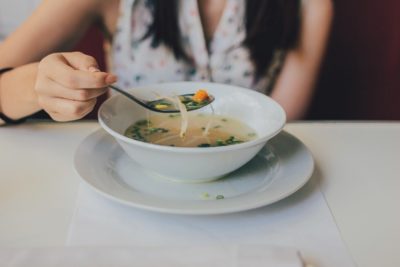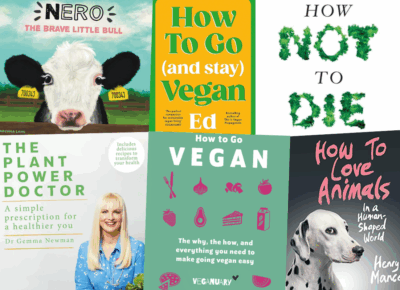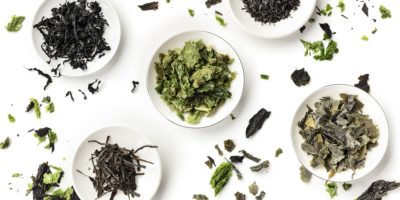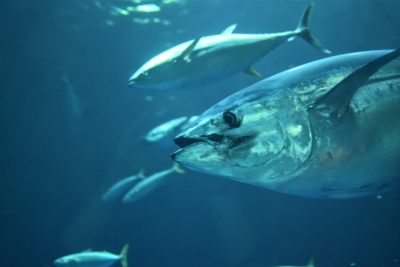The documentary Seaspiracy brought home to us just how devastating the fishing industry is for animals, the environment, biodiversity, and human rights. It also showed us that fish farms, with their inherent animal suffering and environmental pollution, are not the answer to these problems. Here, we share with you some of the most worrying practices and developments in aquatic farming and talk about the animals who are too often overlooked in discussions about how our dietary choices affect wildlife and the environment.
Octopuses
Octopuses constantly astound us. These highly intelligent creatures are also incredibly dexterous. They can open clam shells, maneuver rocks, build shelters, and even dismantle the filtration systems in tanks if they are unlucky enough to end up in one. Octopuses have distinct personalities, can get bored, and have imaginations. These are all characteristics we, as humans, identify with, but there is so much more to octopuses. They have a nervous system distributed mostly throughout their eight arms, the ability to camouflage themselves by changing color, and they can regrow a limb if they lose one. Despite being one of the most extraordinary animals on the planet, they are not immune to human exploitation. Recently, the aquaculture industry has begun experimenting with farming them.
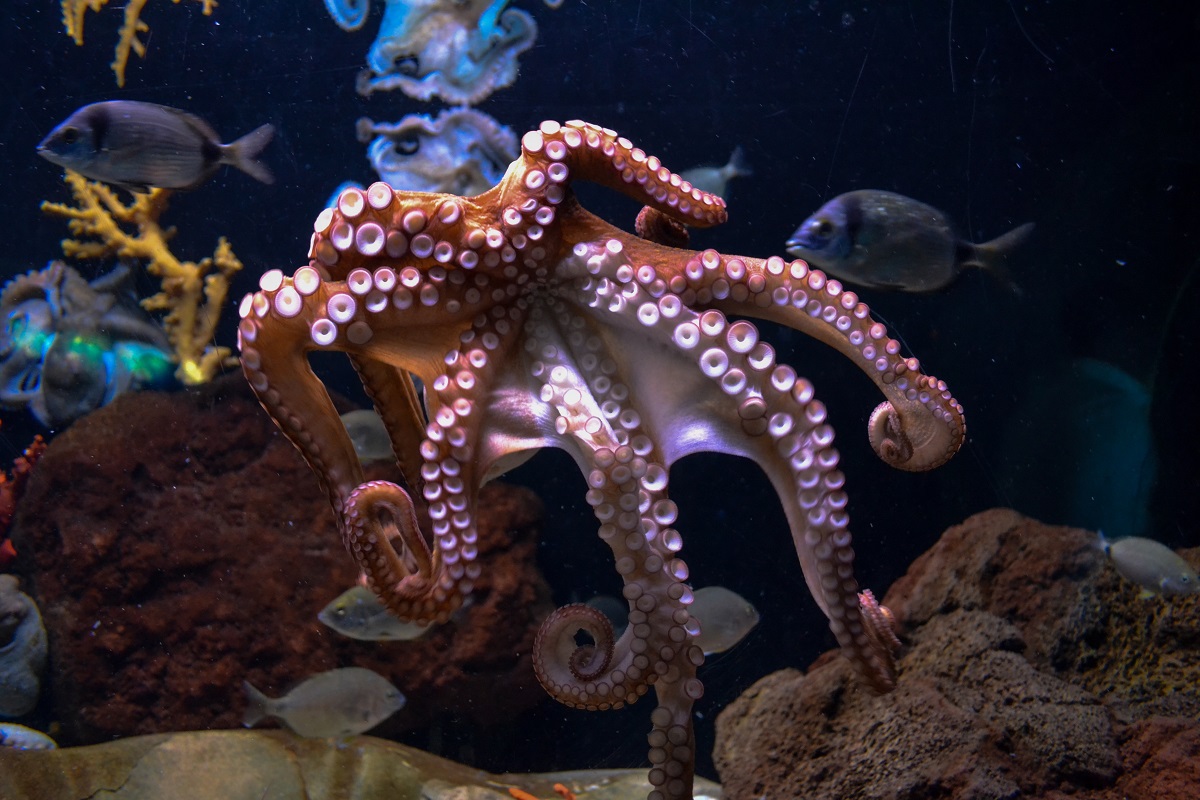
Around 350,000 metric tons of octopuses are caught in the wild every year and served in restaurants all over the world. So many have been taken that numbers are depleting, and attempts are underway to mass-produce them on farms. For a long while, this was challenging as octopuses eat only live food, which meant they were costly and difficult to keep, plus they need a specific salinity and temperature to thrive.
Sadly, the industry, sensing a profit, persisted. They found that some species of octopus can survive with suboptimal food and in a less specific environment, and there are now companies in Australia, Mexico, and Japan that are well on their way to factory farming them.
Professor Jennifer Jacquet of New York University led a team of environmental researchers arguing against the farming of octopuses. She said: “Octopuses eat fish and shellfish, and supplying enough to feed large numbers of them puts further pressure on the food chain. It is unsustainable.”
Professor Jacquet went beyond the ecological impact and spoke passionately about the ethics of factory farming octopuses, too. “We can see no reason why, in the 21st century, a sophisticated, complex animal should become the source of mass-produced food,” she said. “Octopus factory farming is ethically and ecologically unjustified.”
Turtles
At a popular tourist destination in the Cayman Islands, visitors are allowed to swim with endangered green sea turtles and even to pick them up and be photographed with them. They may not know how stressful this is for the animals, but this is not the only omission from the company’s website. Nowhere does it say that they also breed 9,500 of these endangered animals for the meat trade.
Sea turtles are solitary creatures. They migrate more than 1,400 miles and can dive up to five hundred feet. At this farm, they are kept in shallow concrete tanks alongside hundreds of others.
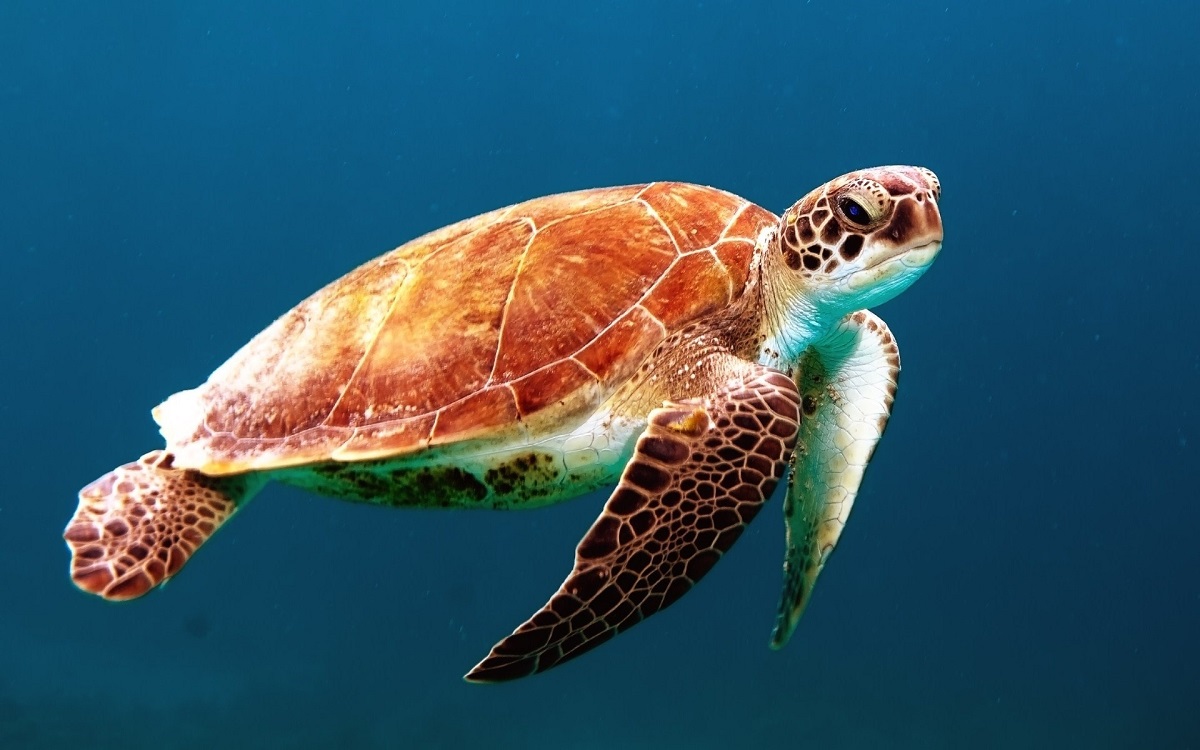
World Animal Protection (WAP) found evidence of the stressed animals cannibalizing one another. In 2015, one of the site’s staff quit after witnessing heart-breaking suffering every day. “They were constantly fighting to get to the surface to breathe,” they said. “All the turtles you could see had injuries and bite marks from the others that were stacked on top of each other.”
Biting, sickness, and stress are all common problems, according to WAP, as is inbreeding. As a result, some turtles have even been born without eyes.
It’s extraordinary that anyone breeding an endangered animal would seek to profit from their slaughter, and while this farm is thankfully unique in the world, there are many more turtle farms raising freshwater turtles for slaughter. In China, more than three hundred million farmed turtles are sold every year. Most of these are soft-shelled turtles but some are also critically endangered species. There is so much secrecy around these farms as none of the businesses wish to give away any information to their competitors. Most criticism has come from conservationists concerned that wild-caught animals are taken to bolster the breeding “stock.” To our knowledge, no one has explored the conditions on these farms nor seen how the animals there suffer, but one thing we do know: Secrecy is a very bad sign.
Prawns and Shrimp
As the world’s oceans are emptied at an alarming rate, the industry seeks other ways to make a profit. Today, prawn farming is becoming increasingly common, while more than half of all shrimp eaten are farmed.
This is, without a doubt, a murky industry. The Environmental Justice Foundation says: “The production of prawns can be responsible for serious environmental degradation, such as the destruction of mangroves, wetlands, and coral reefs, destruction of marine and coastal biodiversity, and mass drowning of sea turtles and other protected species. It has also been linked to human rights abuses, such as child, forced, and bonded labor, intimidation, violence, and even murder.”
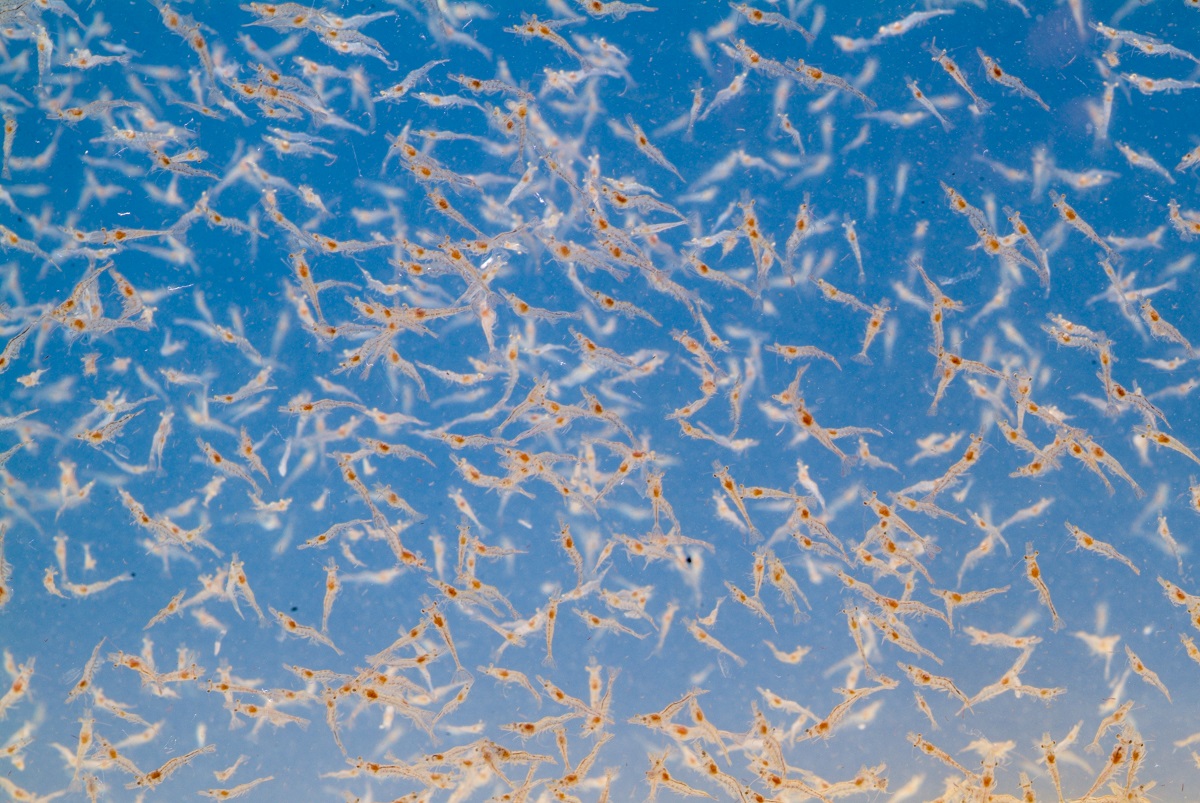
In Vietnam, shrimp farming is associated with deforestation, erosion, rapid land subsidence, and rising salinity levels that are threatening the stability of the entire Mekong region. It also causes serious pollution since most shrimp farmers rely on a range of chemicals and medications to keep the animals alive, and these are released into public waterways along with the old, contaminated pond water.
At the heart of this industry is one extremely shocking secret: “eyestalk ablation,” which is the deliberate blinding of the female animals.
Female prawns and shrimp have a gland behind their eyes that affects fertility. The stress of living on these farms makes the animals less likely to reproduce, and so farmers destroy this gland by cutting off their eyestalks, which forces the ovaries to mature.
It is hard to conceive of a more despicable thing to do to an animal, and yet it happens on almost every shrimp farm in the world.
Does it hurt them? One study found that the animals’ behavior was consistent with experiencing pain and included tail-flicking, rubbing the affected area, recoiling, and stooping. The animals also experienced disorientation caused by hormonal changes from destroying the gland.
It should come as no surprise that the suffering we are all too familiar with on factory farms is just as prevalent, perhaps even more so, on aquatic farms. When animals are commodified, when their lives and bodies are seen only in terms of profit, it seems there is no end to the atrocities people are prepared to commit.




